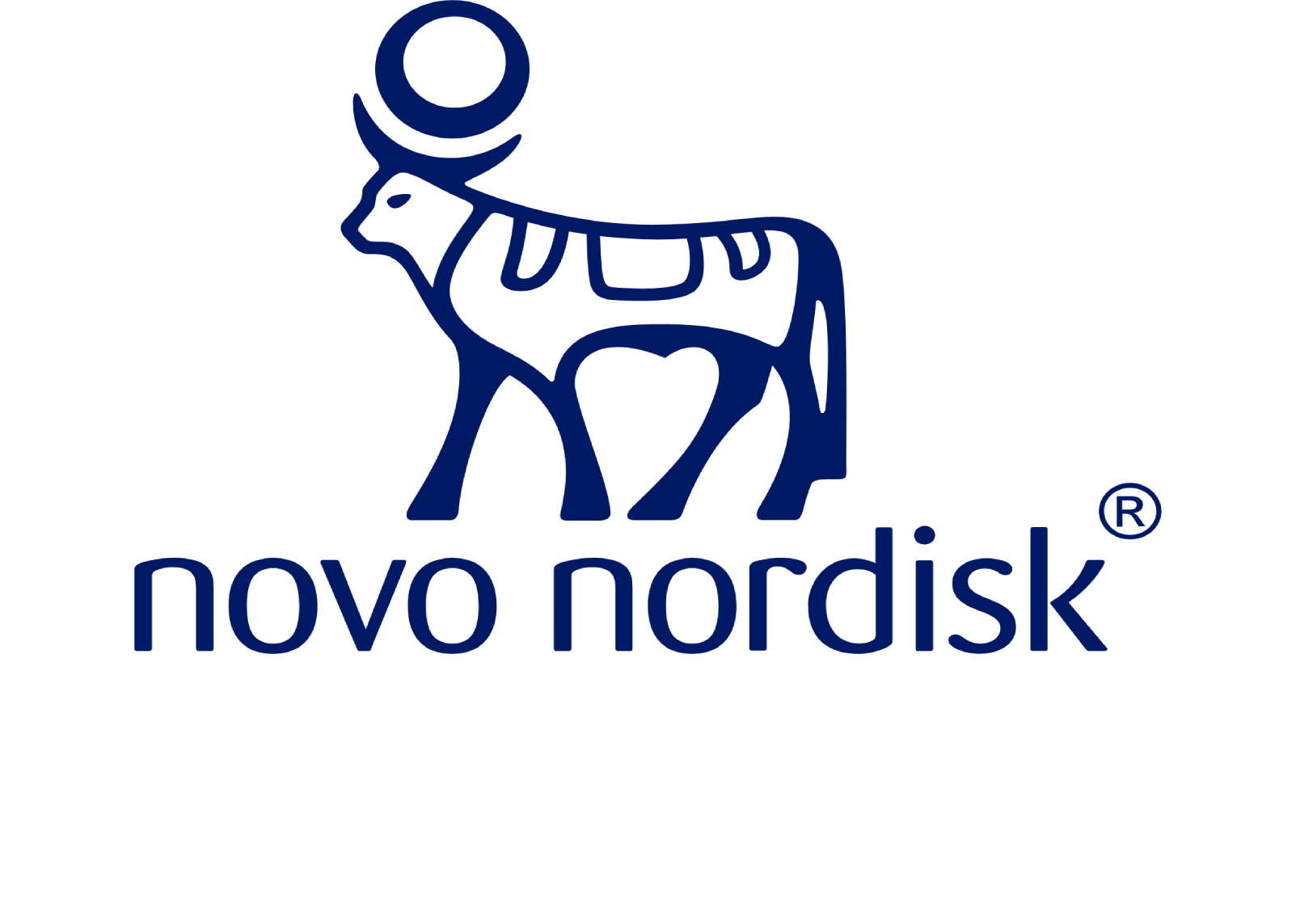/f/239067/1857x2160/20dae34fbe/30_hero.png)
Connected pens
Data scientists are entering promising, uncharted territory
Through novel data-driven insights into patients’ real-life behaviour, data scientists can finally illuminate a century-old problem.
Let’s break down the components
The pen first, starting with a bit of history.
The Novo Syringe from 1922
Enter the second component: data
/f/239067/3000x1688/46dbc1a873/novopenmb_01.jpg)
The NovoPen® from 1985
Smart
Essentially, the smart pen, in connection with an app, remembers everything important – so patients don’t have to. Patients can then share this data with their doctors to make more data-driven and personalised.
The data scientists enter the picture
A small step for 94 people, a big step for the more than 500 million people living with diabetes. The data quest has just begun.
Today, smart pens enable patient data on glucose levels and insulin dosing to be collected via our partners' applications and then transferred to the Novo Nordisk data lake (all data is anonymised and in GDPR compliance). And it’s a lot.
We get a glucose reading every 3-5 minutes. That’s over a billion data points by now (1.280.000.000, to be exact). More than 60,000 smart pens are in patients' hands, and more than 20 million injections have been uploaded. And the data keeps flowing.
The most important job of the data scientists working with projects like these in Novo Nordisk is to analyse this data – to better understand our patients’ behaviours and make it easier for them to manage their disease.
True knowledge-sharing
In 2023, Novo Nordisk is, together with key doctors in the field of diabetes, presenting five new abstracts at different scientific conferences. Our data scientists are co-authors on all of them.
Working as a data scientist in life science is, in that sense, very different from other industries. Here, data scientists are part of a cross-organisational group discussing what research areas should be investigated and how.
Working with medical researchers, data engineers, data architects, software developers and many other talented people to develop projects like these and share them with the scientific community is not only an academic endeavour. It’s through processes like these that you can see your work make a difference:
/f/239067/1920x1080/87cda4e3e5/30_img01.png)
Today, data scientists can finally use reliable data to shed light on a century-old problem in life science. Can the data live up to its promise? That’s up to ingenious data scientists to find out. Someone like Nicki here. Or maybe someone like you?
/f/239067/1920x1080/2f3e04c132/nicki_fallback.jpg)
/f/239067/2281x1521/0efb497690/patient-using-app.jpg)
/f/239067/1920x1080/0b467e3e9e/michael_fallback.jpg)
/f/239067/1920x1080/35e085cad4/hero_fallback.jpg)

